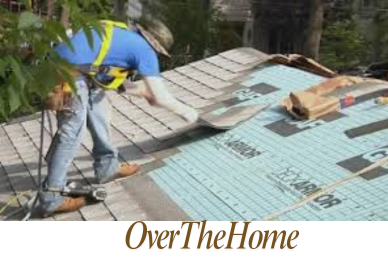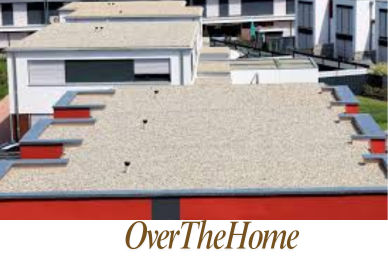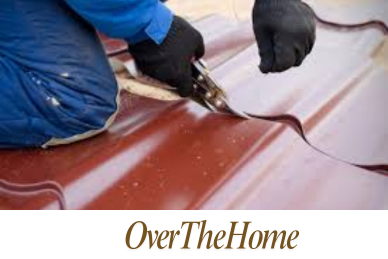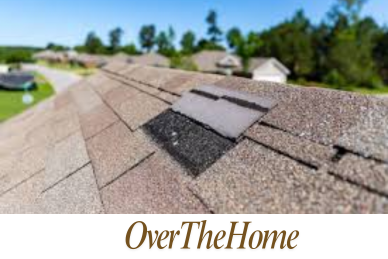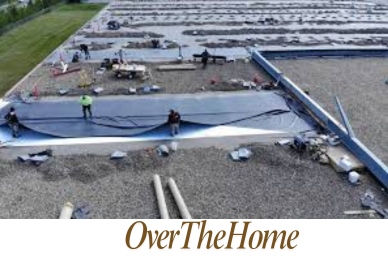Apron Flashing: Everything You Need to Know
Apron flashing is a crucial roofing component used to prevent water infiltration in areas where the roof meets a vertical structure, such as walls, chimneys, and dormers. Designed to channel water away from the intersection point, apron flashing protects the building’s underlying materials from moisture damage, ensuring a longer lifespan for the roof and preventing costly repairs. This guide will cover everything you need to know about apron flashing, including its uses, types, materials, installation procedures, and estimated costs, along with expert insights into maintaining and replacing it.
What is Apron Flashing?
Apron flashing is a type of roofing flashing installed at the base of a vertical surface where it meets a sloped roof, such as at the front of a chimney, dormer, or where a wall joins the roofline. Its purpose is to divert water away from these junctions and prevent leaks that could compromise the roof’s structural integrity. The term “apron” refers to its shape, which resembles an apron draped over the roof slope and overlapping the vertical wall.
Where is Apron Flashing Used?
Apron flashing is primarily used in junction areas of a roof where the potential for water pooling or infiltration is high. Common applications include:
- Chimney Bases: Installed at the lower side of chimneys to prevent water from seeping into the roof-deck area.
- Skylights and Dormers: Placed at the front edges to direct water around the skylight or dormer structure.
- Roof-to-Wall Transitions: Positioned at the junction of a sloped roof and an adjoining wall to block moisture penetration.
What Materials Are Used for Apron Flashing
The material choice for apron flashing is critical, as it must withstand both environmental factors and potential physical wear. The most common materials include:
| Material | Durability | Cost per Linear Foot | Best Use Case |
| Galvanized Steel | 15–20 years | $3–$5 | Standard applications, moderate climates |
| Copper | 50+ years | $15–$30 | High-end installations, historical buildings |
| Aluminum | 20–25 years | $5–$8 | Lightweight, coastal areas |
| Lead | 50+ years | $20–$40 | Complex roof designs, heavy-duty use |
- Galvanized Steel: A popular choice for residential and light commercial buildings due to its durability and affordability.
- Copper: Known for its longevity and aesthetic appeal, copper apron flashing is often used in high-end or historical structures.
- Aluminum: Lightweight and resistant to corrosion, making it ideal for coastal or high-humidity regions.
- Lead: Extremely durable and malleable, allowing it to fit complex roof shapes and provide maximum protection in heavy-duty applications.
How to Properly Install Apron Flashing
Proper installation of apron flashing is crucial to ensure water is effectively diverted away from the roof’s vulnerable junction points. It is typically installed by a professional roofer, using the following process:
- Surface Preparation: The area is cleaned, and any old or damaged flashing is removed.
- Positioning the Flashing: The apron flashing is cut to the required size and bent to match the slope of the roof and the angle of the vertical surface.
- Securing the Flashing: It is then secured to the roof with roofing nails or screws, with overlapping edges sealed using roofing cement or silicone sealant.
- Adding Counter-Flashing: Counter-flashing is often placed over the apron flashing to provide additional protection and a finished look.
Costs of Apron Flashing Installation
The total cost of apron flashing depends on factors such as material, labor, roof accessibility, and whether any structural modifications are needed. Below is a detailed breakdown of typical costs:
| Component | Cost Range |
| Material Cost | $3–$40 per linear foot |
| Labor | $45–$75 per hour |
| Total Installation | $200–$600 for a standard installation (10–15 linear feet) |
For high-end materials like copper or lead, the installation cost can go up to $1,500 or more, especially in complex roofing systems.
What Are the Benefits of Installing Apron Flashing
Apron flashing acts as a barrier that prevents water from penetrating the roof deck and causing damage to interior walls and ceilings. By keeping moisture out, it also reduces the risk of rot, mold, and structural weakening, ultimately prolonging the life of the roof.
Apart from the structural integrity and longevity it provides, apron flashings also serve aesthetic purposes. When done correctly, apron flashing can blend seamlessly with the roof’s design, enhancing its visual appeal.
Common Problems with Apron Flashings How to Avert Those
Despite its durability, apron flashing can develop issues over time, primarily due to weather exposure, poor installation, or physical damage. Common problems include:
- Rust and Corrosion: Particularly for steel flashing, which can corrode in humid or coastal climates. Regularly inspect and apply a protective coating as needed.
- Loose Flashing: Expansion and contraction of the roof materials can loosen flashing, causing gaps. Re-secure loose flashing promptly to prevent leaks.
- Sealant Failure: Over time, the sealant used in flashing can crack or deteriorate, especially in extreme temperatures. Reapply roofing cement or silicone sealant every few years.
When Do You Need to Replace the Apron Flasing?
Apron flashing should be replaced when it shows signs of visible wear, such as cracks, rust, or detachment. If left unaddressed, damaged flashing can lead to significant water damage, costing thousands in repairs. The cost of replacing apron flashing ranges from $300 to $800, depending on material and accessibility.
Final Thoughts
Investing in quality apron flashing is crucial for maintaining the structural integrity and longevity of your roof. Whether you are using it to protect chimney bases, skylights, or roof-to-wall junctions, proper installation and regular maintenance can prevent expensive water damage and extend the life of your roof by decades. For commercial properties, choosing high-quality materials like copper or lead might have a higher upfront cost, but it offers superior performance and aesthetic value in the long run.
If you’re considering installing or replacing apron flashing, always consult a licensed roofing contractor to ensure the job is done correctly and in compliance with local building codes.

